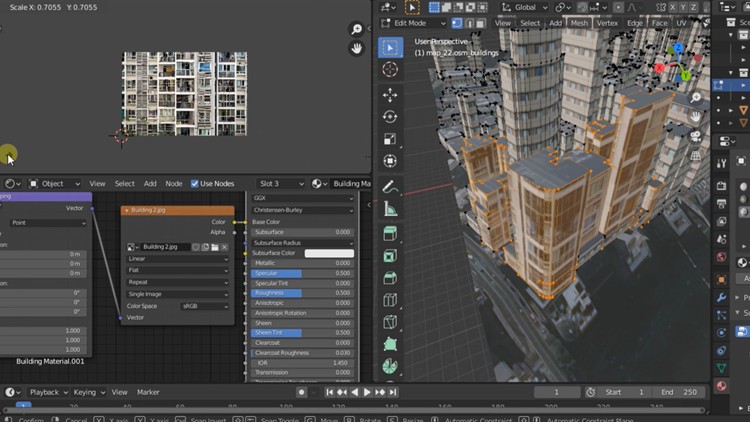Introduction to hydraulic flow analysis - AulaGEO

- Descripción
- FAQ
- Reseñas
Course Objective
This course aims to provide a comprehensive introduction to hydraulic flow analysis using the OpenFlow FlowMASTER tool. Students will learn the essential tools and techniques for modeling, analyzing, and reporting on various hydraulic scenarios, enabling them to tackle real-world projects with confidence. By the end of the course, participants will have a solid foundation in using OpenFlow FlowMASTER and will understand the broader range of tools available within the OpenFlows product family.
What You Will Learn
-
How to set up and manage new projects in OpenFlow FlowMASTER.
-
Techniques for performing Gradually Varied Flow (GVF) analysis.
-
Methods for interpreting and reporting flow analysis results.
-
Creation and use of cross-sections, rating curves, and 3D charts in hydraulic modeling.
-
Analysis of hydraulic conditions in inlets, gutters, orifices, weirs, channels, and pipes.
-
An overview of OpenFlows products and their applications in different hydraulic analysis scenarios.
OpenFlows FlowMaster is an efficient calculator product for the design and analysis of a wide variety of hydraulic elements, such as pressure pipes, open channels, weirs, orifices, and inlets.
Target Audience
This course is designed for civil engineers, environmental engineers, water resource engineers, and professionals involved in hydraulic modeling and water infrastructure projects. It is also suitable for students in engineering disciplines who wish to gain practical skills in hydraulic flow analysis. #AulaGEO
Course Summary
The course begins with a foundational overview in Section 1, introducing participants to the OpenFlow FlowMASTER environment and getting them started with a new project. Section 2 delves into flow analysis, covering the essentials of project setup, worksheet creation, and performing Gradually Varied Flow (GVF) analysis, culminating in detailed result reporting.
Section 3 shifts focus to advanced modeling techniques, including cross-sections, rating curves, and 3D charts, which are essential tools for visualizing and interpreting hydraulic data. Section 4 explores different hydraulic elements, providing in-depth analysis techniques for inlets, gutters, orifices, weirs, channels, and pipes, as well as irregular sections.
Finally, in Section 5, the course offers a comprehensive look at the entire OpenFlows product catalog, helping participants understand where FlowMASTER fits within the larger suite of hydraulic modeling tools. This section also includes a discussion on the offerings available through Virtuosity licenses, guiding students on how to expand their knowledge and tools beyond this introductory course.







